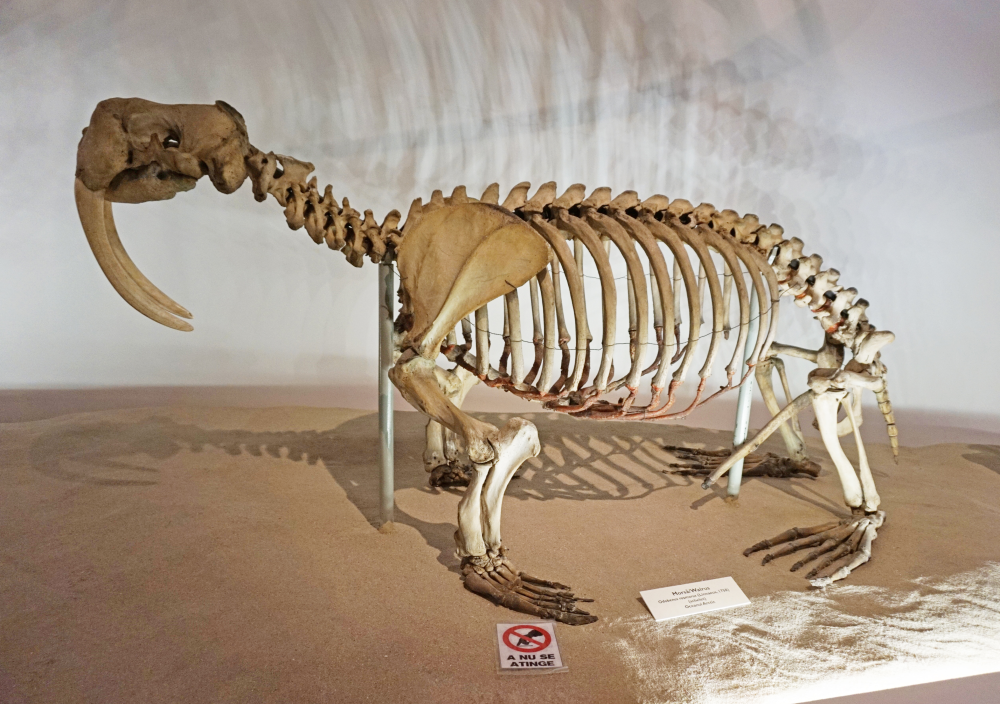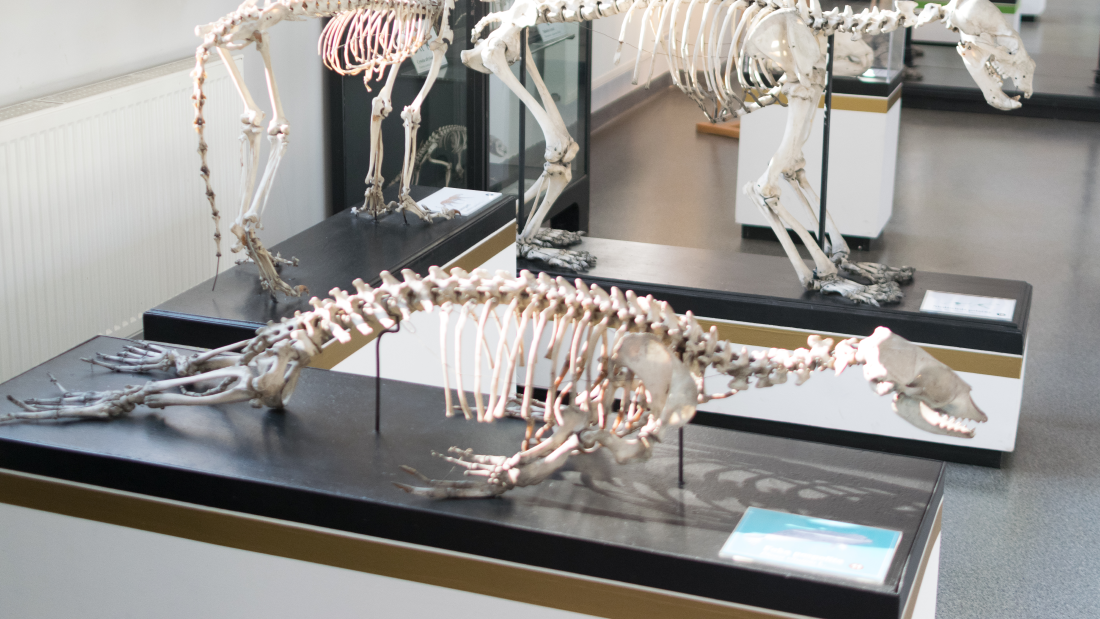Have you ever heard of a baculum? No? What about the penis bone? It’s okay if all of this is sounding made up to you, because even the most celebrated houses of the natural world seem to have a strange habit of skipping over this particular part of mammalian anatomy.
The penis bone is found in many mammals. So many, in fact, that humans are almost a strange outlier in not having one (gorillas and chimpanzees get one, where’s ours?). It’s worth noting also that such a thing as a clitoris bone exists too, the baubellum, but that deserves an article all of its own.
It’s an admittedly curious bone in the body of male animals, as it’s not articulated and not attached to anything; it just sort of floats in the soft tissue. But penises, after all, are famous for not staying as soft tissue for long.

Consider the limited athleticism of a walrus and you can understand how a penis bone might help move things along.
In mammals that lack a baculum, blood pressure is the mechanism through which a penis gets erect. Mammals with a penis bone still get an erection, but the bone is an extra bit of structural support that can enhance their reproductive success, likely by increasing stamina. Its length may also be important for sexual selection in some species, and for getting the sperm to the (sometimes faraway) place it needs to go.
It can also serve a sort of plumbing purpose for other parts of the genitalia. For example, in some bat species, the penis bone is what prevents the urethra from compressing during copulation.
If it consoles you, the world’s largest mammal (along with all the other cetaceans) doesn’t have a penis bone – shame really, can you imagine the status you’d command with a blue whale baculum staff? Penis bones are also absent in elephants, lagomorphs, sirenians, and ungulates.

As you can see, penis bones come in many shapes and sizes.
That still leaves us with a hell of a lot of mammals though, many of which are proudly on display in some of the planet’s greatest natural history museums. Weird thing is though, look between the legs of the skeletons on display and you’ll find, well, nothing.
“I’ve noticed that in museums, very, very often quite a significant bone is missing from the skeletons we see on display, and that is the penis bone.” That’s an insight from Jack Ashby, Assistant Director of the University Museum of Zoology, Cambridge, who speaks from pretty high authority when it comes to natural history museums having just written his guide to them: Nature’s Memory (want to read an extract? You can find one in our May issue of CURIOUS).
“Most mammals have a bone in their penis, but you will almost never see a penis bone on display, at least in a UK or European museum. The elephant seal in the University Museum of Zoology in Cambridge is the only skeleton with its penis bone on display.”

Some kind of pinniped looking sad about its long-lost penis bone.
Image credit: Masianya / Shutterstock.com
So, as for the big question: where are all the penis bones?
“The reason is entirely unscientific,” said Ashby. “It’s just that Victorian museum curators had a kind of prudish sense of propriety. They removed parts of the animals just to stop the blushes or giggles, I guess.”
“I find that utterly extraordinary, because it means that museums have been deliberately teaching people the wrong thing. They have been knowingly changing the anatomy of a specimen just to inflict this kind of human social prudery on what animals really look like.”
Depending on the species that might seem like a big or small deal, but Ashby says the penis bone can sometimes be the largest in an animal’s body. Take a walrus, for example. According to Ashby, a walrus penis bone can be over 60 centimeters (2 feet) long, which can be the longest bone in a walrus body.
In some cases, such as tiny rodents and bats, it’s easy to imagine that the bone might have been lost, but in the largest cases of a missing skeletal member, it’s hard to imagine it was an oversight. That’s because if you’ve got a full set of bones, there’s really no missing the baculum.
“I can’t think of many bones other than in the skull, where there’s only one in the whole animal,” said Ashby. “Vertebrates are largely symmetrical, so we have a right and a left of nearly all of the bones in our body.”
“I don’t think if you came across a bone where you’ve only got one of it, and it’s a male animal, that you could mistake it. Also, they’re often very unusually shaped. In bats, for example, penis bones can help you identify which species you’ve got, and they’ve often got these weird curves and grooves in them that are really distinctive.”
Ashby’s book, Nature’s Memory, covers many of the human influences on natural history collections, and explores how this might shape the wider public’s perspective of the natural world (as well as how one stores the heaviest meteorite in a museum). So, if we want everyone to be on the same page, perhaps it’s time we stop clutching our pearls and embrace the penis bone? Figuratively, of course.
Source Link: Where Have All The Penis Bones Gone? We’re Looking At You, Natural History Museums